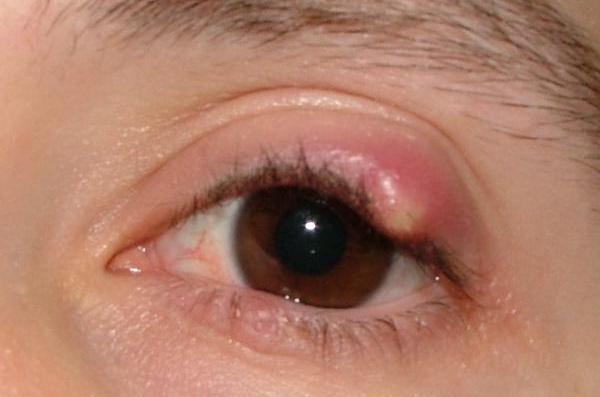A stye (hordoleum) is an inflamed area of the eye. External eyelid styes are more common in children.
There are two types of styes in relation to its location:
- external – resides on the base of an eyelash
- internal – resides on the inside surface of the eyelid
An external eyelid stye is a red, painful bump on the surface of the eyelid. Stye’s are often mistaken for pimples and are tender to the touch. Although an external stye can appear anywhere on the eyelid, they are more likely to form near the edge of the eye, where the eyelashes meet the eyelid.
The primary cause of an external eyelid stye is infection as a result of a clogged oil gland. Our eyelids have numerous oil glands that help to maintain the moisture levels in the eyes and eliminate foreign particles in the eyes by producing tears. When these glands become clogged, germs and bacterial build up in the gland and cause infection – this infection is typically caused by Staphylococcus bacteria.
Infection may occur in:
- apocrine gland
- sweat gland attached to the eyelash follicle
- keeps the eye from becoming too dry
- sebaceous gland
- lubricates the eyelashes to prevent them from drying out
- attached to the eyelash follicle that produces and oily substance called sebum.
- eyelash follicle:
- small hole in the skin where an individual eyelash grows out of
People most likely to develop styes:
- Children
- tend to have the most direct contact with bacteria
- do not always wash their hands (thoroughly)
- People with a chronic inflammatory condition
- Blepharitis
- People who rub their eyes constantly with unclean hands
An external eyelid stye can be diagnosed by your doctor examining the appearance of your eye. Many times external eyelid styes will go away on their own, however, your doctor may recommend home remedies to speed up the process. Warm compresses, three to four times a day may be recommended; or antibiotic cream if you continuously get styes or if you have more than one stye.







